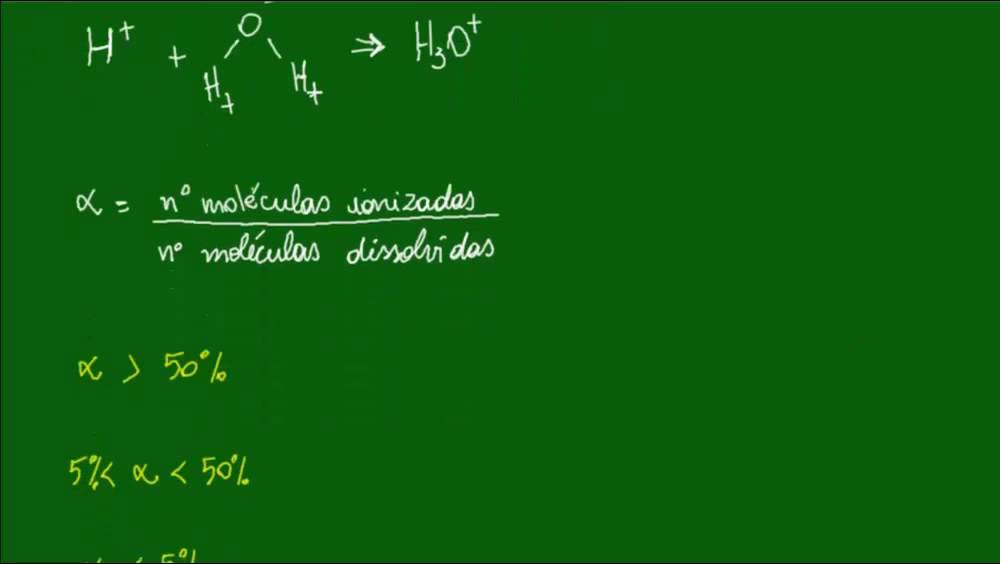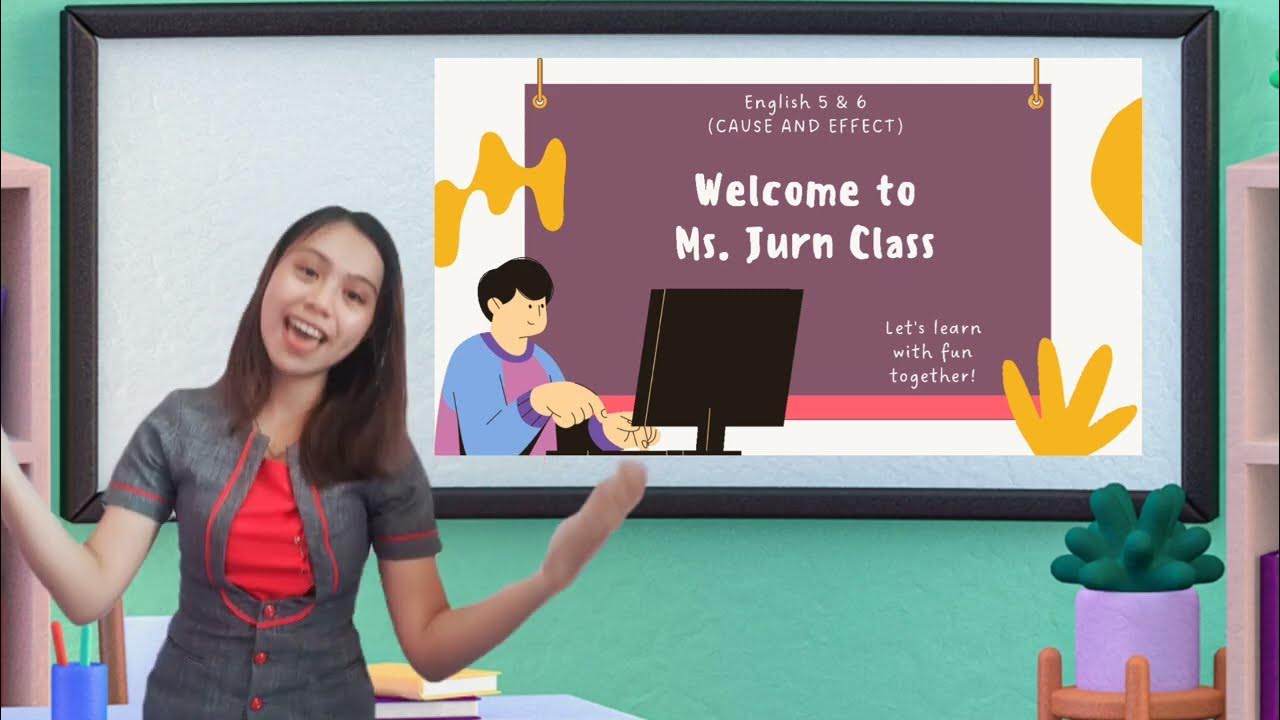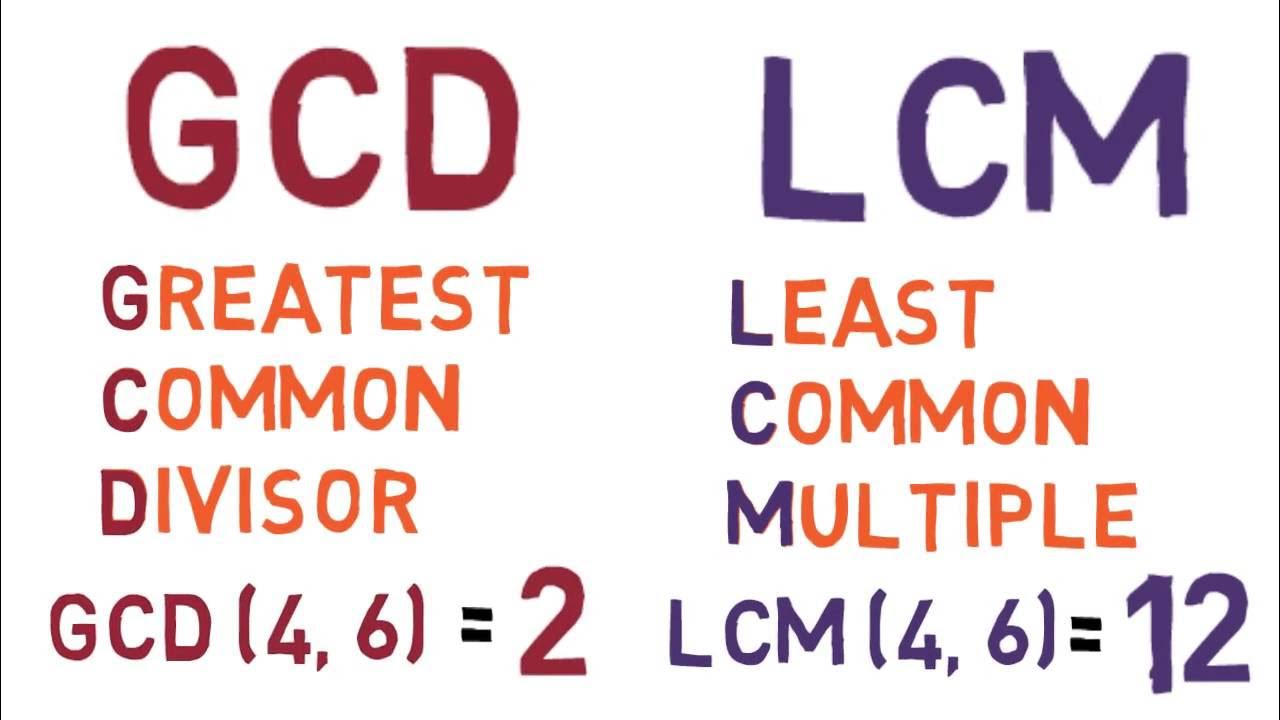Numbers in Regions
Summary
TLDRThis lesson, 5.6, focuses on using Venn diagrams with algebra to represent elements in different sets. The instructor explains how to count elements in various regions of the diagram, such as in sets A, B, their union, or intersection. Using a combination of numbers and variables, the lesson demonstrates how to solve for unknown values when provided with a universal set and the number of elements in individual sets. This method serves as an introduction to problem-solving, with more detailed applications in future lessons.
Takeaways
- 🟢 The lesson focuses on Venn diagrams with algebraic elements, assigning numbers to regions to represent the number of elements in each.
- 🔵 Two sets, A and B, are used in the diagram, with specific numbers placed in different regions of the sets.
- 🟣 There are 7 elements in set A that are not in set B, and 3 elements in the intersection of A and B, making a total of 10 elements in set A.
- 🔶 The union of sets A and B contains 15 elements, which includes 7 from A, 3 from the intersection, and 5 from B alone.
- 🔷 Elements not in B total 11, which includes 7 from A and 4 outside both sets.
- 🟡 Set B contains 5 elements that are not part of set A.
- ⚫ Algebra is used to solve for unknown variables in Venn diagrams, using given totals and information about individual sets.
- ⚪ If the universal set contains 30 elements, and sets A and B contain 14 and 17 elements respectively with an intersection of 6, algebra can be applied to find missing values.
- 🟠 The unknown values (a, b, c, d) are solved step by step: B is 6, A is 8, C is 11, and D is 5, based on the given information.
- 🟣 This process of using algebra and Venn diagrams is a foundation for more complex problem-solving, which will be covered in future lessons.
Q & A
What does the number in parentheses in the Venn diagram represent?
-The numbers in parentheses represent the number of elements in each region of the Venn diagram.
How many elements are in set A but not in set B?
-There are 7 elements in set A that are not in set B.
How many elements are in both sets A and B?
-There are 3 elements that are in both sets A and B.
How do you calculate the total number of elements in set A?
-To calculate the total number of elements in set A, you add the number of elements in A but not in B (7) and the number of elements in both A and B (3), giving a total of 10.
How do you find the number of elements in the union of sets A and B?
-To find the number of elements in the union of A and B, you add all the elements that are in A, B, or both: 7 (only in A), 3 (in both A and B), and 5 (only in B), resulting in 15.
How many elements are not in set B?
-There are 11 elements not in set B, which is the sum of the elements only in A (7) and the elements outside both A and B (4).
How many elements are in set B but not in set A?
-There are 5 elements in set B but not in set A.
How can algebra be applied to solve for unknowns in a Venn diagram?
-Algebra can be used to solve for unknowns in a Venn diagram by assigning variables to different regions and using known totals for the entire set, set A, set B, and their intersection to set up equations and solve for the unknowns.
What is the value of the variable representing the intersection of sets A and B in the example provided?
-The value of the variable representing the intersection of sets A and B is 6.
How do you find the value of the element outside both sets A and B?
-To find the value of the element outside both sets A and B, you subtract the total number of elements in A, B, and their intersection from the total universal set. In this case, 8 (only A) + 6 (both A and B) + 11 (only B) = 25, so 30 (universal set) - 25 = 5.
Outlines

This section is available to paid users only. Please upgrade to access this part.
Upgrade NowMindmap

This section is available to paid users only. Please upgrade to access this part.
Upgrade NowKeywords

This section is available to paid users only. Please upgrade to access this part.
Upgrade NowHighlights

This section is available to paid users only. Please upgrade to access this part.
Upgrade NowTranscripts

This section is available to paid users only. Please upgrade to access this part.
Upgrade NowBrowse More Related Video

Ácidos - Funções inorgânicas - Química

Teaching Demonstration in Multi Grade Teaching- English 5 and 6

ILLUSTRATING PERMUTATIONS OF OBJECTS | MATH 10 | MELCS Q3 - WEEK 1 | TEACHER REIMAR

MATH 5 || QUARTER 1 WEEK 8 LESSON 1 | VISUALIZATION OF DIVISION OF FRACTION | MELC-BASED

Learn English with 925 English Lesson 7 - Likes & Preferences in English | ESL English Conversation

Pendidikan Pancasila Kelas 5 Bab 4 Aku dan Lingkungan Sekitarku

Lesson 04 Comparing the GCD and the LCM - SimpleStep Learning
5.0 / 5 (0 votes)